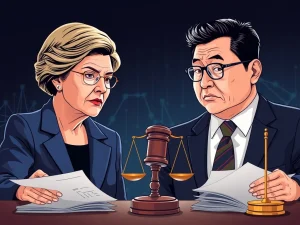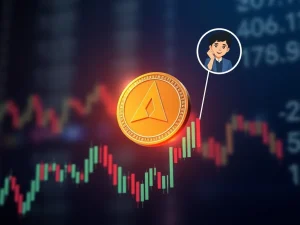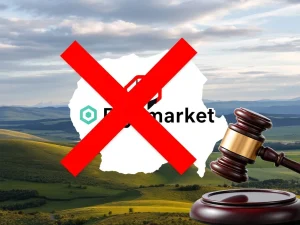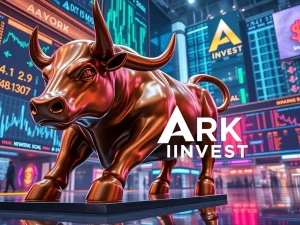XRP Futures: Unlock Powerful Trading Opportunities
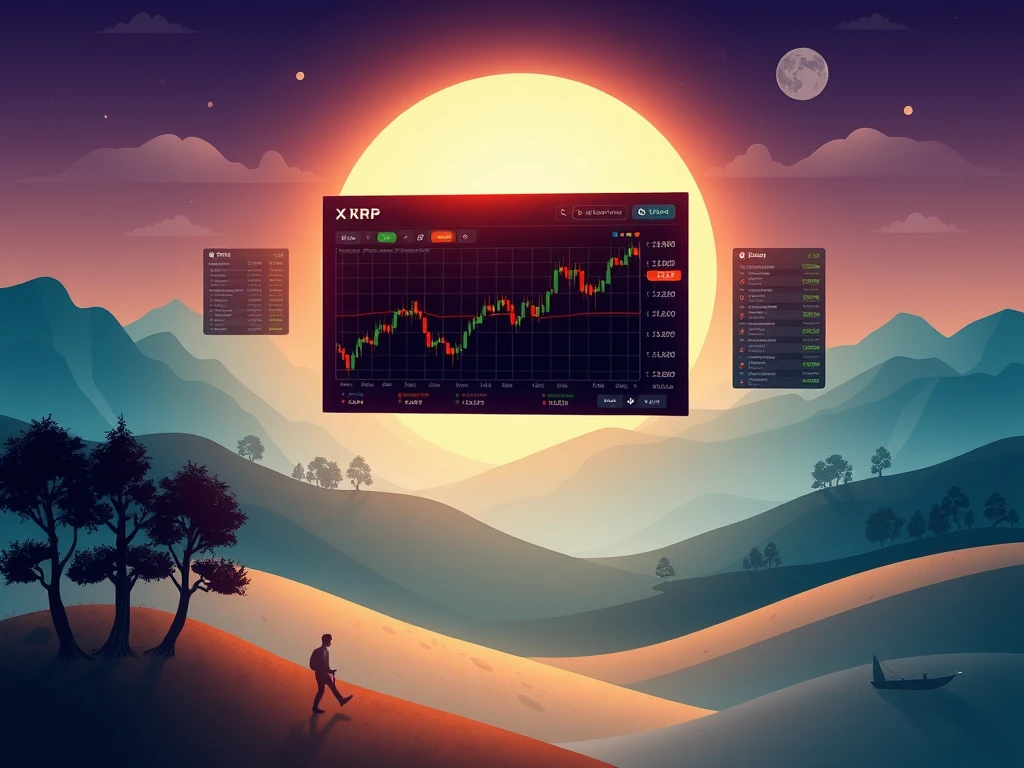
Are you following the crypto market and looking for new ways to engage with assets like XRP? With regulated platforms expanding access to derivatives, understanding instruments like XRP futures is becoming increasingly important. Coinbase Derivatives recently introduced Coinbase XRP futures, signaling a growing trend in regulated crypto derivatives. But what exactly are these contracts, and how can you participate? Let’s dive in.
What Exactly Are XRP Futures?
XRP futures are standardized financial agreements. They allow you to contract to buy or sell XRP at a set price on a specific future date. Instead of dealing with the actual XRP token, you’re trading a contract whose value tracks the price of XRP. These contracts often operate under regulatory oversight, such as by the US Commodity Futures Trading Commission (CFTC), which adds a layer of structure for traders.
For instance, Coinbase Derivatives launched its XRP futures contracts on April 21, 2025, after filing with the CFTC. This offers traders a regulated avenue to gain exposure to XRP’s price movements.
Types of XRP Futures Contracts
Platforms like Coinbase offer different contract sizes to suit various participants:
- Nano XRP futures: Represent 500 XRP per contract. These are cash-settled in USD and are designed for retail traders or smaller institutions, requiring less capital.
- Standard XRP futures: Cover 10,000 XRP per contract. Also settled in USD, these are aimed at larger institutions and active traders.
Both types are ‘cash-settled.’ This means you don’t receive or deliver XRP when the contract closes. Instead, the profit or loss based on the price difference is calculated and settled in USD.
Why Trade XRP Futures Instead of Buying XRP?
Choosing to trade XRP futures offers distinct advantages compared to buying and holding XRP on the spot market:
- Leverage: Futures allow control of a large position with a smaller capital outlay. This can amplify gains but significantly increases potential losses.
- Hedging: If you hold XRP, futures can help protect your portfolio against short-term price drops by allowing you to take a short position.
- Speculation: You can profit from both rising (long) and falling (short) markets.
- No Custody Issues: Trading futures means you don’t need a crypto wallet or worry about managing private keys, reducing risks like hacking or loss associated with holding tokens.
- Liquidity & Access: Futures markets often have high liquidity. Access might be easier in some regions compared to buying spot XRP.
- Cash Settlement: Settling in fiat simplifies the process for those who prefer not to handle crypto directly.
However, buying XRP is suitable if you believe in its long-term value, plan to use it within the Ripple ecosystem, and want to avoid the complexities and risks of leveraged derivatives.
Where Can You Invest in XRP Futures?
If you want to invest XRP futures, several platforms offer access, depending on your location and trading needs. Beyond Coinbase’s US Derivatives Exchange, consider these options:
- Kraken Futures: Offers XRP futures with leverage, though access varies by region (e.g., limited in Australia, UK).
- Binance: Provides XRP/USDT perpetual futures. Note regional restrictions and changes in margin asset support.
- OKX: Supports XRP/USDT perpetual swaps, allowing continuous trading exposure.
- Bitget: A globally accessible platform with XRP futures, offering long and short options.
- KuCoin Futures: Lists XRP perpetual contracts (XRP/USDT) known for lower fees and leverage options.
- MEXC: Offers USDt-margined and coin-margined XRP futures with leverage and educational tools.
- Delta Exchange: Provides XRP perpetual futures with high leverage options.
- Bitfinex: Includes XRP futures in its derivatives portfolio, catering to advanced traders.
Always check regional availability and regulatory requirements before choosing a platform.
How to Invest in XRP Futures: A Step-by-Step Guide
Ready to invest XRP futures? Here are the general steps to get started:
- Choose a Platform: Select a regulated exchange offering XRP futures, such as Coinbase’s US Derivatives Exchange or others listed above. Complete the required identity verification.
- Understand the Product: Research the specific contract details, including size (e.g., 500 XRP for Nano, 10,000 XRP for Standard), margin requirements, available leverage, and associated fees. Understand the risks, especially liquidation.
- Fund Your Account: Deposit USD or another accepted currency to serve as margin. Check minimum deposit requirements.
- Place Your Trade: Use the platform’s trading interface. Select the XRP futures contract (e.g., XRL for standard contracts on Coinbase). Decide if you’re going long (expecting price to rise) or short (expecting price to fall). Set your position size and apply leverage if desired. Review and confirm the trade details.
- Practice Risk Management: Leverage amplifies risk. Set stop-loss orders to limit potential losses. Don’t risk more capital than you can afford to lose. Be aware of platform-specific risk mitigation measures, like trading pauses during extreme volatility.
- Monitor the Market: Keep track of XRP’s price, market news, and other factors influencing its value. Use available trading tools and indicators to inform your strategy and adjust positions as needed.
Upcoming Developments: CME XRP Futures
A significant development is the planned launch of CME XRP futures. CME Group, a major derivatives marketplace, is set to introduce XRP futures, pending regulatory review. This move is particularly notable as it provides institutional investors with regulated access to XRP exposure via a trusted platform.
The contracts are expected in two sizes: 2,500 XRP (micro) and 50,000 XRP (standard), cash-settled using the CME CF XRP-Dollar Reference Rate. This launch expands CME’s crypto derivatives suite and positions XRP for broader institutional consideration.
How Risky Are Crypto Futures?
While offering opportunities, trading crypto futures carries significant risks, especially for those new to derivatives:
- Leverage Risk: Amplifies both gains and losses. A small adverse price movement can lead to substantial losses.
- Volatility: XRP’s price can be highly volatile, which is magnified in futures contracts.
- Funding Rates: Perpetual futures involve periodic fees that can impact profitability over time.
- Liquidation: If your margin falls below a required level, your position can be automatically closed at a loss.
- Complexity: Understanding contract terms, margin calls, and expiry dates is crucial.
- Market Liquidity: While XRP is liquid, specific futures markets might have thin order books, leading to slippage.
It’s vital to understand these risks before you trade XRP futures. Consider starting with smaller positions or demo accounts if you are new. Always conduct your own research and manage your risk responsibly.
In conclusion, XRP futures offer a flexible way to speculate on XRP’s price, hedge positions, and use leverage without holding the underlying asset. With platforms like Coinbase and the upcoming CME XRP futures launch, regulated access is increasing. However, the inherent risks, particularly due to leverage and volatility, demand careful consideration and robust risk management. Before you decide to invest XRP futures, ensure you fully understand how they work and whether they align with your financial goals and risk tolerance.

